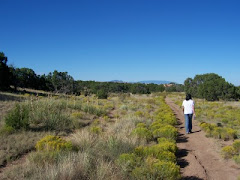
This is an interactive chance to lead the Corps of Discovery by asking the student to make some difficult choices. Along with the interactive trail map and journals, E. was thoroughly engaged by the approach taken here. It may be a good idea first to view Ken Burns' excellent documentary about the expedition. The entire PBS website on the subject seems geared for home learners.
Good sites about specific skills:
We like this site by seventh grade cartographers.
Painting the Dakota (Seth Eastman, soldier and artist) A related area of study might be to research leaders of the Dakota nation, such as Sitting Bull, Red Cloud, Spotted Tail, Little Crow, Gall, and Crazy Horse.
For the journalistic approach
The home learner may:
Gather facts and biographical details about Lewis, Clark, and other Corps Members (ex: Meriwether Lewis Chosen by Jefferson to Lead Corps of Discovery; Sacagawea Joins Expedition West; etc.)
Recount challenges encountered by the Corps of Discovery
Specifiy exciting discoveries
Describe unusual encounters and events
Decide what else might be newsworthy
Recount challenges encountered by the Corps of Discovery
Specifiy exciting discoveries
Describe unusual encounters and events
Decide what else might be newsworthy
Remember: who, what, when, where, why, and how. Catchy headline, strong lead, no editorializing, and quoted comments or reactions from "newsmakers" pulled from journal entries.





























